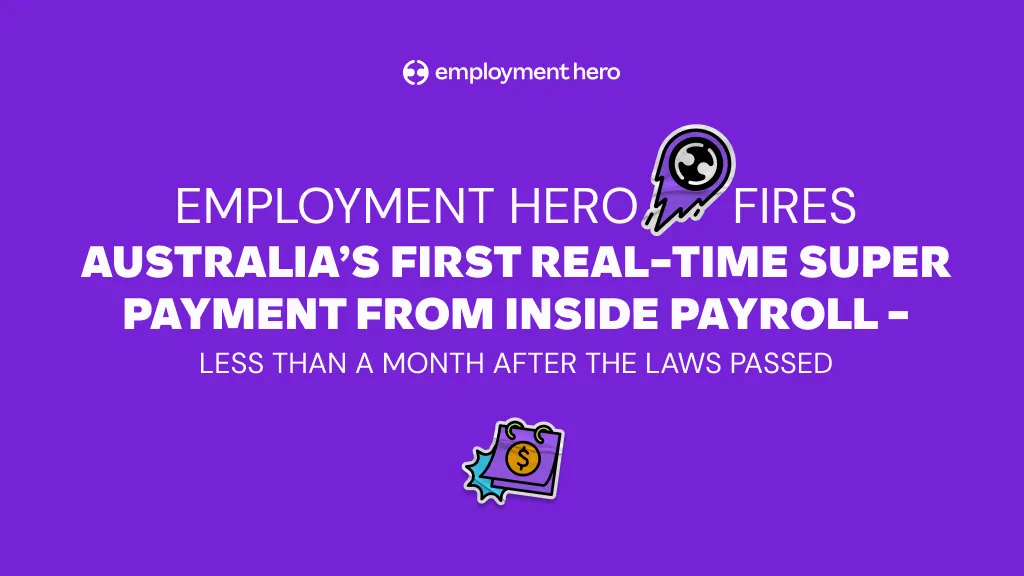7 Tips For Getting Back Into a Routine
Find out how to get back into a routine after challenging times. These tips can help you get back on track with work, studies, fitness, eating or even sleep.

With the pandemic ongoing and isolation restrictions being lifted and reinstated every other day, our lives are in a constant state of flux.
You may be back in the office part-time or perhaps your company has extended your WFH period. Maybe your kids are back to school; maybe they’re back home again. inlin Times, schedules, rules and responsibilities may be changed. You may be wondering how you can get back on track or get back into a routine.
This could be getting back on track with work, studies, fitness, eating or even sleep.
Here are our tips for getting things back on track:
1. Schedule your time
Even when you don’t have work or other plans for the day, an important tip is to still schedule your time. Setting your alarm in the morning and blocking out what things need to be done at what times of the day will help with productivity.
You’ll be able to see what comes next in the routine and what else you have to do. The hardest thing about having the whole day to do a simple task is not having a set time to do it and constantly saying “I’ll do it later”, then let’s be real — it gets pushed back until it never gets done.
If you need more help structuring your remote workdays, here are ways to get out of a remote work rut to keep you motivated.
2. Be realistic
Your routine doesn’t have to be perfect from day one. If you know you’re not going to sit down for 5 hours straight to organise your wardrobe, don’t set it. We get hungry, we get distracted, and we get bored.
So set realistic time blocks and remember to include breaks; schedule when you’re going to eat, when you’re going to call a friend, or when you’re allowed to check your phone.
Gradual changes and taking smaller steps over time consistently will make it easier to reach any goals.
For those experiencing uncertainty in the workplace, it’s important to manage expectations and stay grounded. Check out how to deal with uncertainty at work for further tips.
3. Avoid temptation
We’re creatures of habit, and sometimes the biggest things standing in the way of forming routine are bad habits. If you want to get more sleep, but find yourself doom scrolling way past bedtime, then put your phone away from your bed (or out of the room altogether if you can use something else for an alarm).
If you want to exercise more regularly, but can never find the energy at the end of the day, do it in the morning instead.
If you want to start cooking more but never get to the grocery store, order a meal delivery service like Hello Fresh or Marley Spoon. It’s healthier and cheaper than takeaway 5 nights a week.
4. Be flexible
Some of us may struggle with a set routine that we can’t stick to. Which can then lead to the stress of not being able to stick with it and then giving up altogether. If your days are always different, a less structured routine might work better for you.
If this sounds like you, set daily, weekly or fortnightly schedules.
For example, if you need to work out at different times of the day depending on the day of the week, find the time of day that works best for you.
To ensure your flexibility is effective, consider using a remote onboarding checklist to streamline tasks and reduce stress.
5. Make sure your routine is made for YOU
Your routine needs to be one that’s not only practical but also enjoyable. It should fit well with your goals, lifestyle and what you enjoy.
For example, if you want to set a routine for yourself where you will work out six days a week, but realistically you only have time for three workouts, there’s less chance of this routine actually sticking.
You can also incorporate short sessions of deskercise while you work. Breaking up exercise to smaller sessions can help you stick to the routine better.
For those looking to enhance their workplace efficiency for the coming year, our HR audit checklist is an excellent resource to get organised.
6. Take your time
It’s okay not to pick up your routine straight from where you left off. You may need some readjusting, and it may take some time.
Regardless, the first couple of days or maybe even weeks is going to be difficult, but if you keep avoiding it or you’re not being consistent, it’s going to drag on for quite some time.
If you’re feeling isolated while adjusting, there are ways to stay connected in social isolation that can help you maintain social bonds.
7. Be kind to yourself
As always, the most important thing is to be kind to yourself. If you’re struggling to get back into your routines, think about the outcomes these routines will help you achieve.
Whether it’s better sleep, better health, or better organisation, imagine your future self benefiting from the routines you’re trying to implement now.
After all, you deserve it.
Related Resources
-
 Read more: Product Update: November 2025
Read more: Product Update: November 2025Product Update: November 2025
Welcome to the November 2025 product update from the Employment Hero team. We’ve got lots to share around Workflows, Rostering,…
-
 Read more: Payday Super pressure eased: Employment Hero fires Australia’s first real-time super payment from inside payroll – less than a month after the laws passed
Read more: Payday Super pressure eased: Employment Hero fires Australia’s first real-time super payment from inside payroll – less than a month after the laws passedPayday Super pressure eased: Employment Hero fires Australia’s first real-time super payment from inside payroll – less than a month after the laws passed
One month on, Employment Hero, Zepto and OZEDI deliver the first payroll-embedded super-clearing payment over the New Payments Platform (NPP),…
-
 Read more: Record keeping requirements Australia: What every employer needs to know
Read more: Record keeping requirements Australia: What every employer needs to knowRecord keeping requirements Australia: What every employer needs to know
Learn the record keeping requirements for businesses in Australia. Understand what records you must keep, how long to keep them…

























